Increasing Regulatory Standards
The Nonwoven Filtration Market is influenced by the increasing regulatory standards aimed at improving air and water quality. Governments and regulatory bodies are implementing stricter guidelines for emissions and effluents, necessitating the use of effective filtration solutions. This regulatory push is expected to drive the demand for nonwoven filtration products, as they are often more efficient in meeting these standards compared to traditional filtration methods. The market is likely to see a shift towards compliance-driven purchases, with industries investing in nonwoven materials to adhere to these regulations. As a result, the nonwoven filtration market is anticipated to expand in response to these evolving regulatory landscapes.
Growth in Healthcare Applications
The Nonwoven Filtration Market is witnessing substantial growth in healthcare applications, particularly in the production of surgical masks, gowns, and other protective gear. The increasing focus on infection control and patient safety has led to a surge in the use of nonwoven materials in medical settings. It is estimated that the healthcare segment accounts for over 25% of the total nonwoven filtration market, reflecting the critical role these materials play in maintaining hygiene standards. Furthermore, advancements in nonwoven technology, such as the development of antimicrobial fabrics, are likely to enhance their appeal in the healthcare sector, thereby driving further growth in this segment.
Technological Innovations in Filtration
Technological innovations are significantly shaping the Nonwoven Filtration Market, leading to the development of advanced filtration solutions. Innovations such as electrospinning and nanofiber technology are enhancing the efficiency and effectiveness of nonwoven filters. These advancements allow for the production of filters that can capture smaller particles, including viruses and bacteria, which is increasingly important in various applications. The market is projected to grow at a compound annual growth rate of around 6% over the next five years, driven by these technological advancements. As industries seek to improve their filtration processes, the demand for innovative nonwoven materials is likely to rise, further propelling the market forward.
Sustainability and Eco-Friendly Materials
Sustainability is becoming a pivotal driver in the Nonwoven Filtration Market, as consumers and businesses increasingly favor eco-friendly materials. The shift towards sustainable practices is prompting manufacturers to explore biodegradable and recyclable nonwoven options. This trend is not only aligned with global sustainability goals but also meets the growing consumer demand for environmentally responsible products. It is estimated that the market for sustainable nonwoven materials could grow by over 10% annually in the coming years. As companies strive to enhance their sustainability profiles, the adoption of eco-friendly nonwoven filtration solutions is likely to gain momentum, further influencing market dynamics.
Rising Demand for Air and Water Filtration
The Nonwoven Filtration Market is experiencing a notable increase in demand for air and water filtration solutions. This trend is driven by heightened awareness regarding environmental pollution and the necessity for clean air and water. As industries and consumers alike prioritize health and safety, the market for nonwoven filtration materials is projected to grow significantly. According to recent estimates, the filtration market is expected to reach a valuation of approximately 30 billion USD by 2026, with nonwoven materials playing a crucial role in this expansion. The versatility of nonwoven fabrics in various applications, including HVAC systems and water treatment facilities, further underscores their importance in meeting the rising demand for effective filtration solutions.



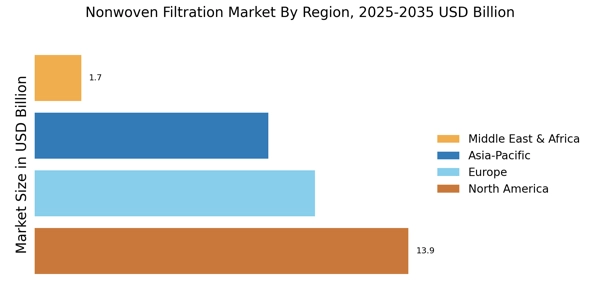
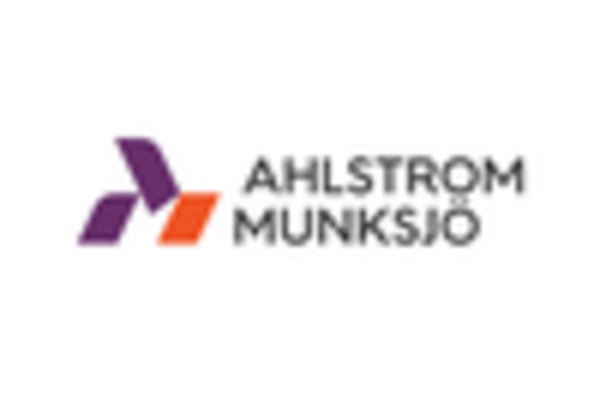
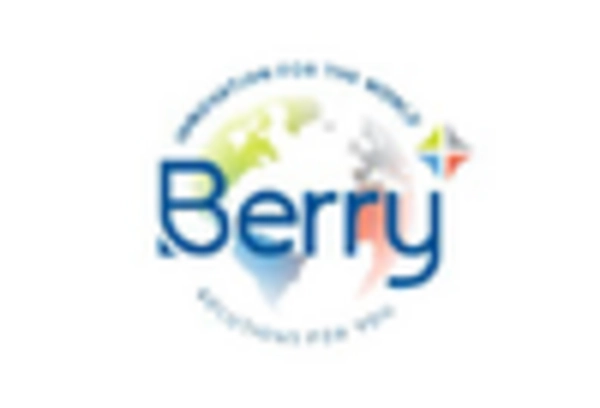

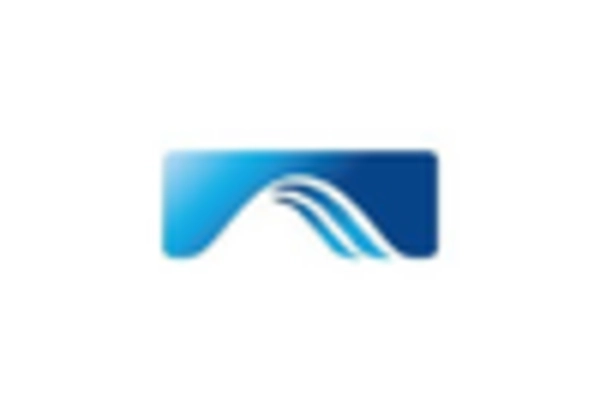
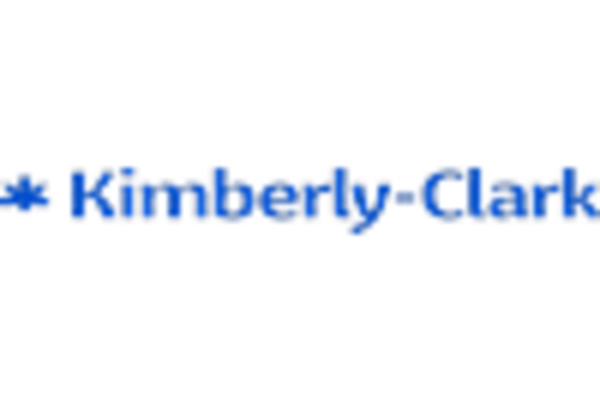









Leave a Comment